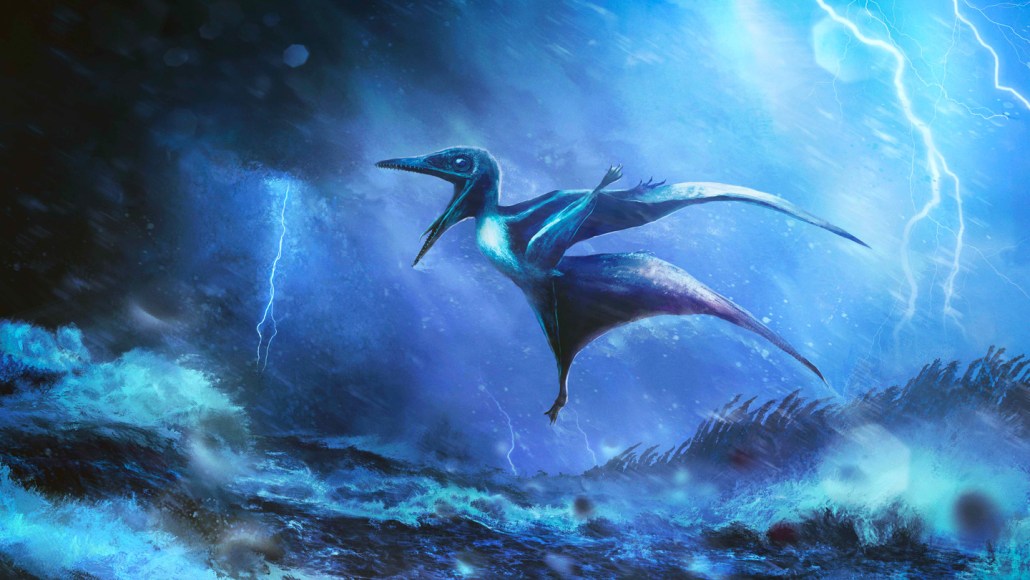
Fossils
Baby pterosaurs likely died in violent Jurassic storms
Two hatchlings with broken arm bones point to ancient storms as the cause of mass casualties now preserved in Germany’s Solnhofen Limestone.
Come explore with us!

Two hatchlings with broken arm bones point to ancient storms as the cause of mass casualties now preserved in Germany’s Solnhofen Limestone.

Two bits of ancient amber sitting in a lab basement hold evidence of a fungus that’s become famous for controlling the minds of its victims.

The stumpy-legged rhinos survived until about 12 million years ago, when a supervolcano’s ashfall smothered their world.

The newfound wasp species — from 99 million years ago — likely laid eggs on the small creatures that would have been caught in this trap.

Spinosaurus fossils are challenging the longstanding claim that ancient dinosaurs were never fully aquatic. And some paleontologists still aren’t convinced.

Birds don’t look like the scaly giants of Jurassic World. But fossils are revealing how these modern-day dinosaurs descended from ancient reptiles.

Scientists have named more than 1,000 species of nonavian dinosaurs. Their legacy lives on in the 11,000-plus bird species alive today.

ReBecca Hunt-Foster described what is now the state dinosaur of Arkansas

Since the discovery of Lucy's skeleton in 1974, a catchy name and ongoing scientific debates have kept this human ancestor in the spotlight.

Only around 80 fossil Tyrannosaurus rex skeletons have been found. They probably don’t include the biggest T. rex that ever lived.